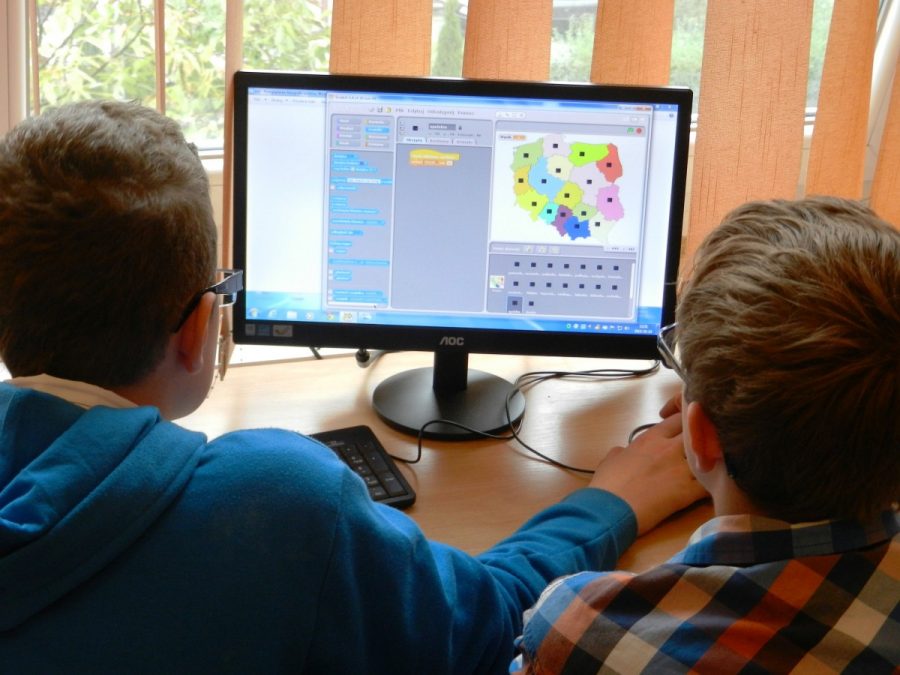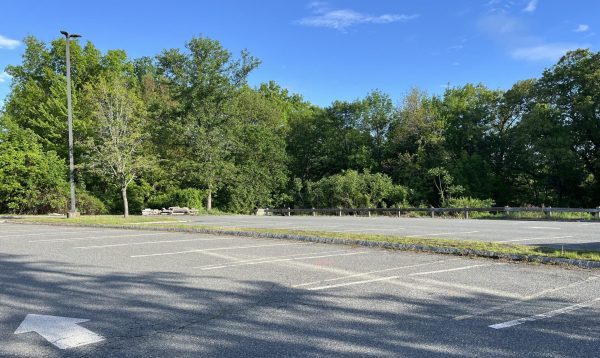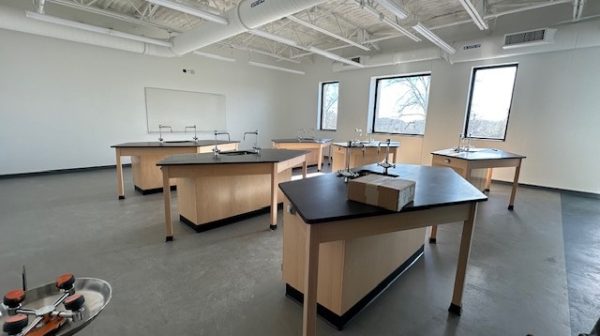AMSA striving to balance learning, work, and screen time in a remote world
Google image/Creative Commons license
Students across the country have adapted to remote learning during the coronavirus pandemic.
Over the past seven months, AMSA students have been tasked with the extremely challenging job of learning in a fully remote setting, during a global pandemic.
The unique experiment has worked in large measure, but what is the fallout, particularly in terms of assigned work? Are students working more or less, and is assigned work helpful or merely “busy work” that fills a grade book but has no clear value?
A survey, taken near the end of the first quarter of the school year, indicated that many students are spending hours on their schoolwork on a daily basis.
When asked how much time they spent per night on homework, 65 percent of respondents answered that they spend two or more hours a night.
This begs a question: Are students exaggerating solely because they don’t want to do the assigned work, or are they truly spending that much time completing assignments?
The answer to the first question arguably is no. While there may be a few students exaggerating simply because they don’t wish to do their work, most students feel that they’ve spent that much time and more on homework every night.
Of more concern than the amount of time is the value of the work, which ostensibly should be to increase knowledge of material and to refine important skills, not simply fill a spot in the grade book.
“I don’t mind work that actually benefits me,” sophomore Emily Woodsmall said.
Students responding to the survey reported that about 25 percent of homework they receive daily is seen as “busy work” assigned for the sake of giving work, not necessarily to benefit them and help them gain a greater understanding of the day’s lesson.
Furthermore, on Monday’s asynchronous flex day — designed to give students an opportunity to complete the bulk of assignments — 67 percent are still spending about two hours on work.
That’s essentially the same amount of time that students spend every other night completing homework.
Why are students being given the same amount of work to do on flex days as they are every other regular night?
It’s an important question considering there has been a push by school administrators to give students a break from excessive time in front of computer screens. Many students find themselves working through the various “breaks” in the schedule throughout the school day in order to keep up.
In the student survey, 58 percent of students reported that they sometimes have to work through the breaks instead of stepping away from their screens.
This can be compounded when teachers require that work be completed during academic workshops scheduled for after instruction time ends.
It is hard for students to find spare time between homework, extracurricular activities, and spending time with family, even during a pandemic, but most AMSA students are somehow able to get it all done.
“It’s definitely overwhelming,” sophomore Tuesday Benander said. “But I’m managing it okay.”
The issue seems destined to become even more complicated at the end of April, when some students will return to campus for in-person learning while other students remain home to attend school remotely.

Bella is a junior and is returning to The AMSA Voice for her second year. She has been attending AMSA since 7th grade. She is involved in a few extracurriculars...






